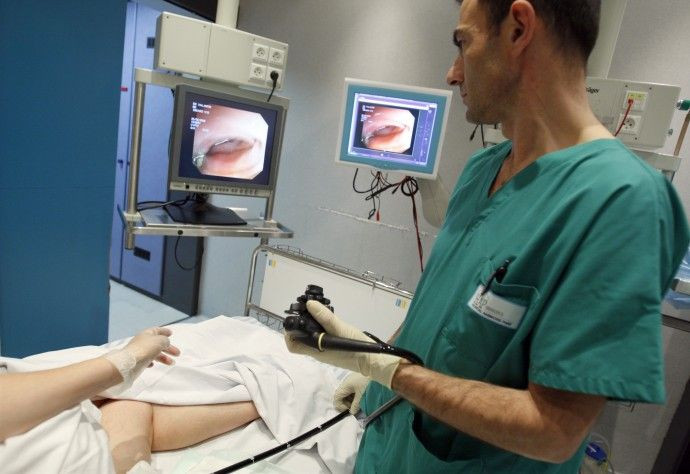Most online cancer content may confuse readers

Sixty-five percent of Internet-based cancer news contain language that may contribute to public uncertainty about the disease, a new research found.
The finding from North Carolina State University is significant, given that at least one-third of Americans seek health information online.
We found that nearly two-thirds of cancer news articles contain at least some uncertain terms – words or phrases that reflect probability or ambiguity rather than certainty,” said Ryan Hurley, a senior lecturer of communication at NC State University and lead author of the study.
The researchers evaluated more than 800 news articles on cancer issues, ranging from prevention to diagnosis to treatment. The articles were found on Google News, Yahoo! News, CNN.com and MSNBC.com. They found that uncertain terms were used most often in reference to cancer treatment.
For example, a news article said, “There is no evidence that adding chemotherapy right away helps, and it may even worsen patients’ chances.” This sentence creates uncertainty for readers because it indicates a lack of information (no evidence) as well as ambiguity about treatment efficacy (may even worsen), Hurley explained.
To measure the use of uncertain terms, the researchers developed a scheme that captures five specific “message features” that are theoretically related to uncertainty. These features are conflicting information, complex information, ambiguous information, having too much information and having too little information.
The researchers assessed the cancer news articles to determine the extent to which each included one or more of the uncertainty message features.
“To this point, no one has developed a means of systematically identifying and quantifying uncertain terms,” Hurley said. “We believe the scheme we’ve created could be applied to identify uncertain terms in any text, from news articles to advertisements.”
© Copyright IBTimes 2024. All rights reserved.





















